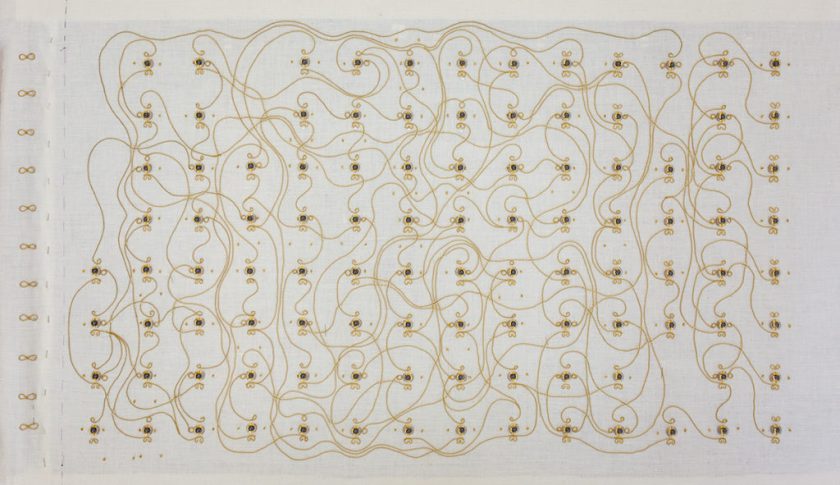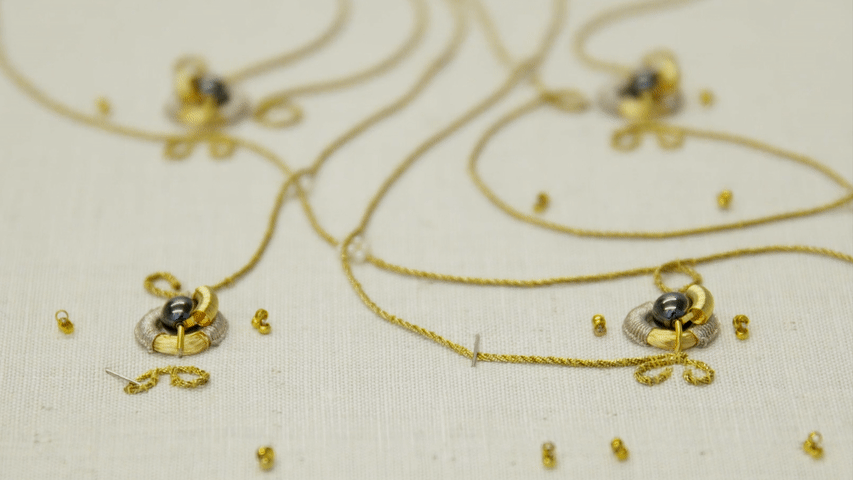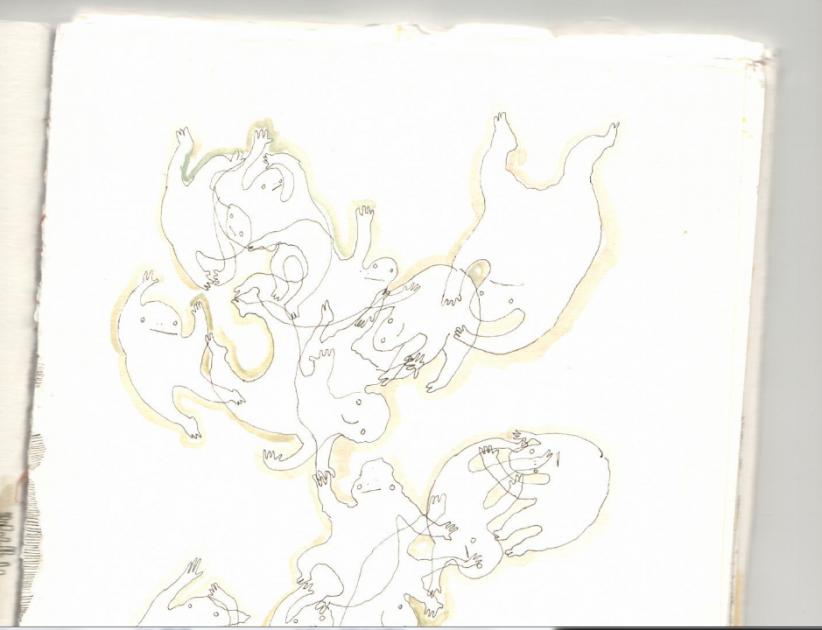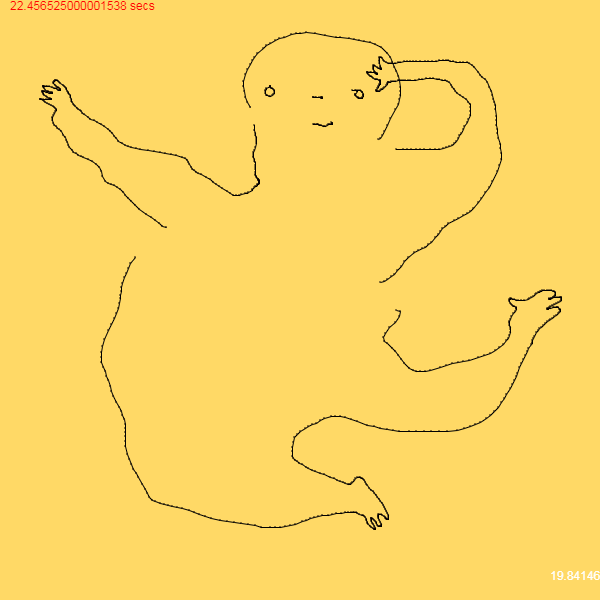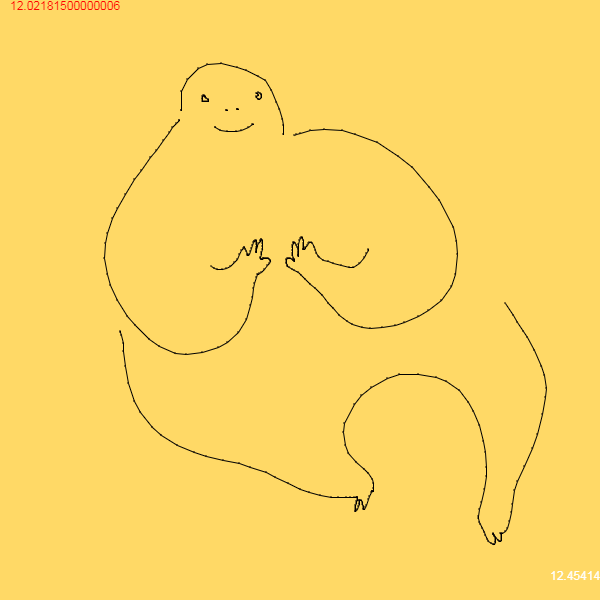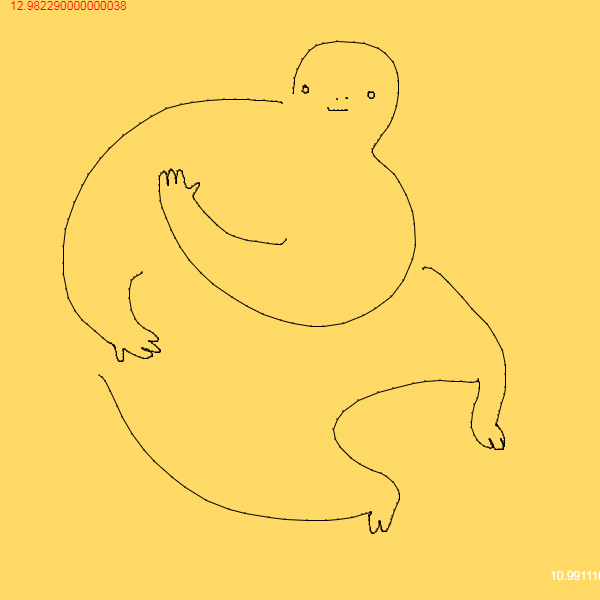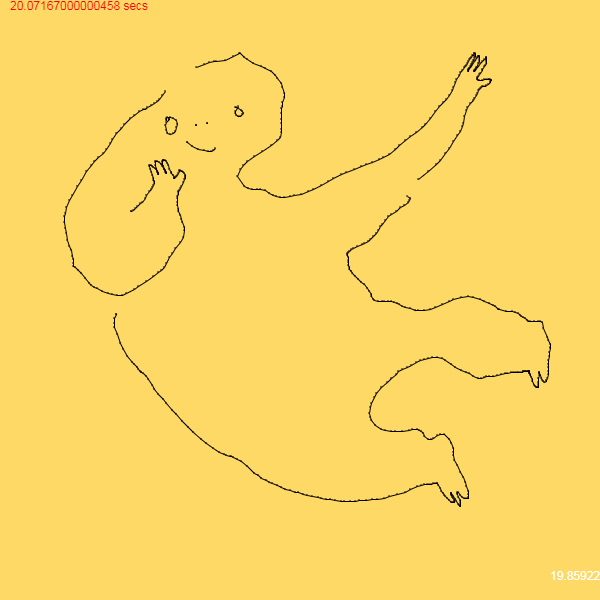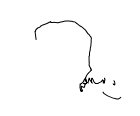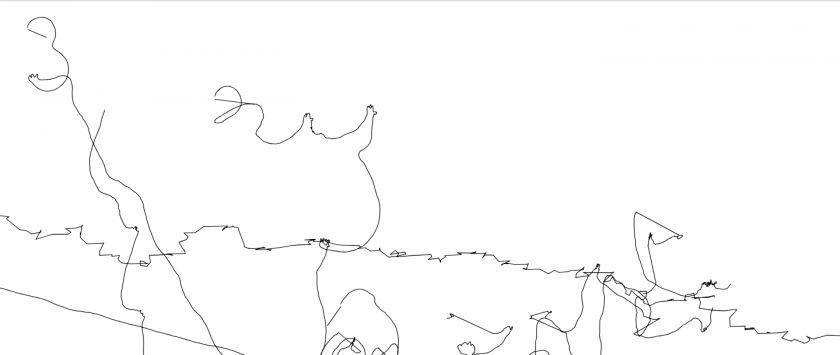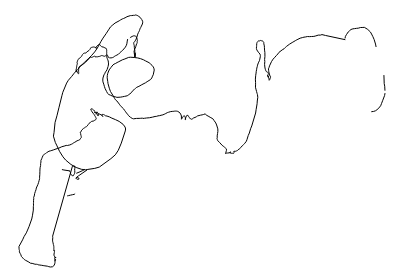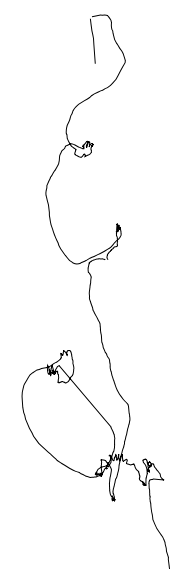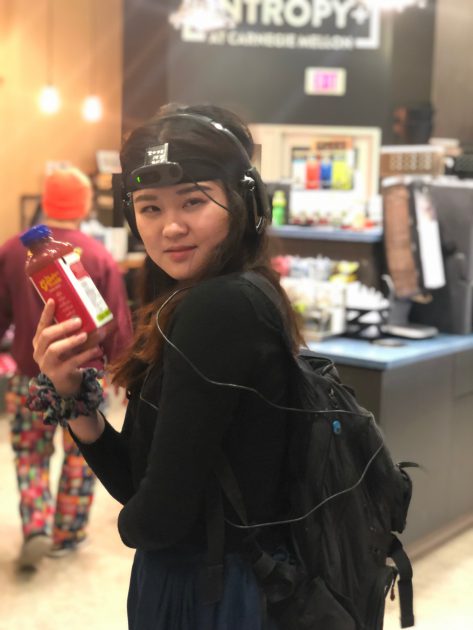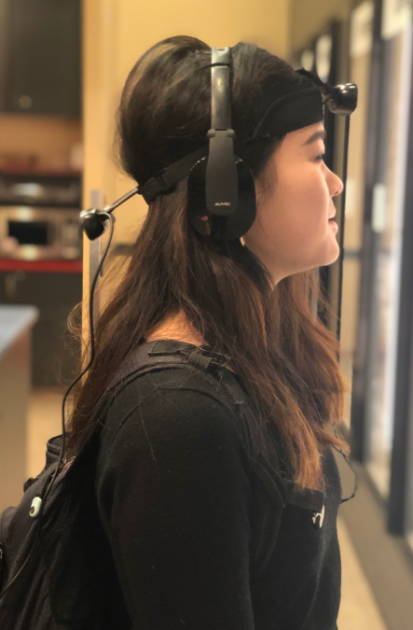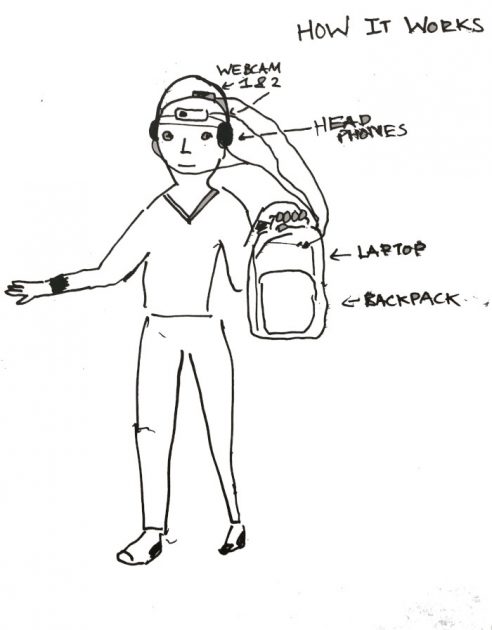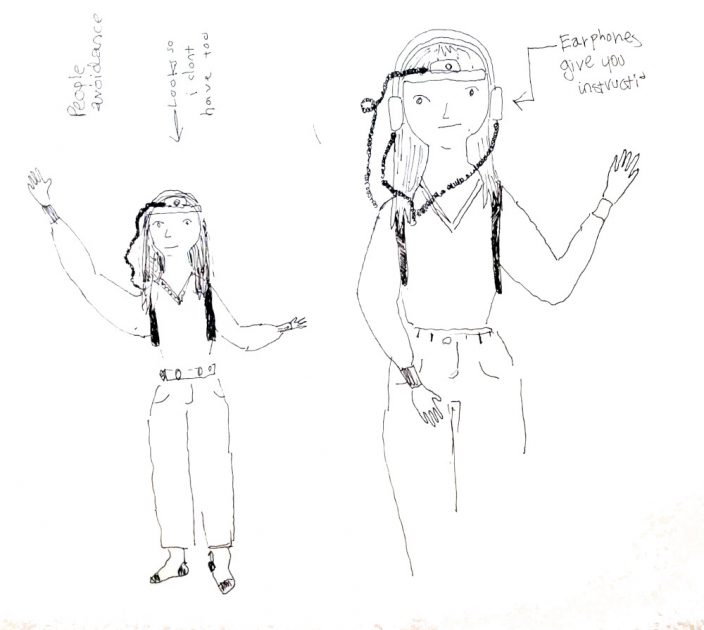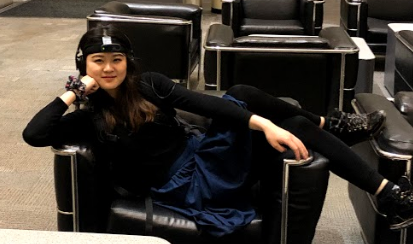Generative friends!
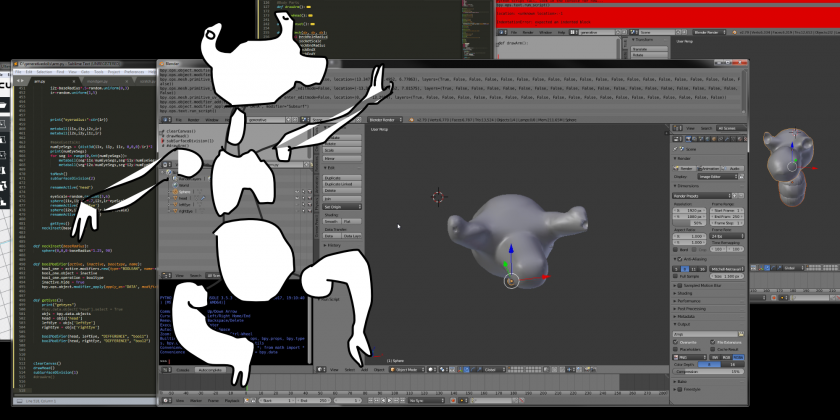
Tweetable sentance: Generative friends that you can print out and take with you! Scripted in Blender, these friends are ball-jointed creatures you can pose and play with.
My project is scripted in Blender using Python, and mainly metaballs. Running the code creates a 3d Mesh that can be printed out on a 3d printer, and strung together to create a fully mobile

This project was driven by three things: My knowledge of dollmaking, my interest in generative art, and my determination to learn blender before graduating. I developed
Previous monster generation projects:
E-Self generator (with Connie Ye and Josh Kery) – April 2019


Machine Learning Rat generator (with Connie Ye as part of Algorat.club) – Feb 2019
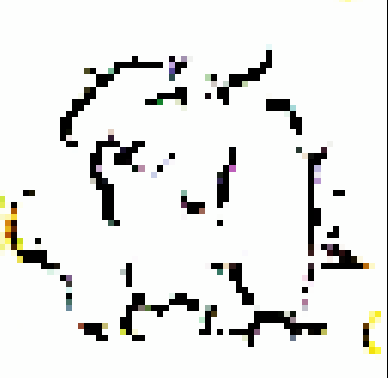
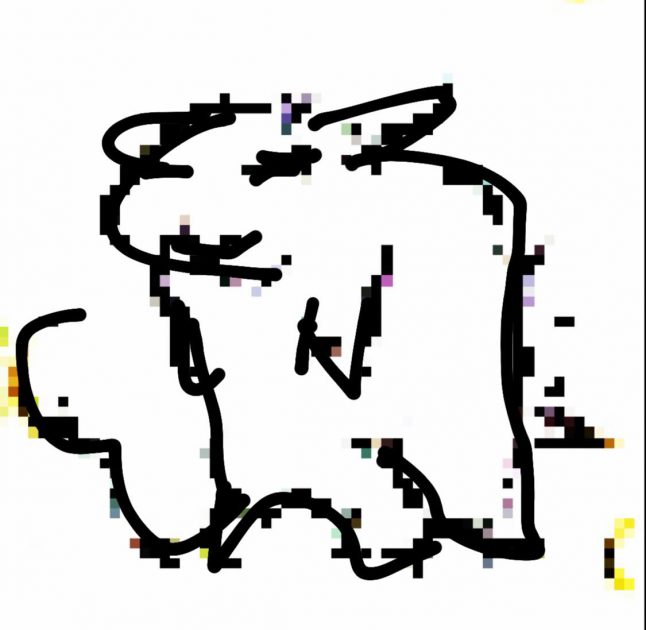

result | interpretation | dataset
Machine learning doodler – March 2019
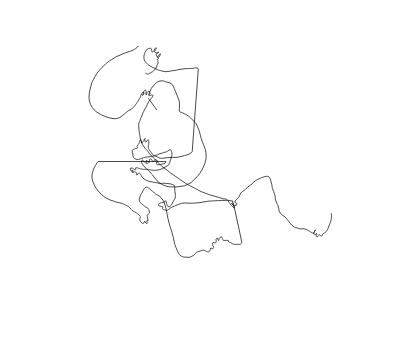
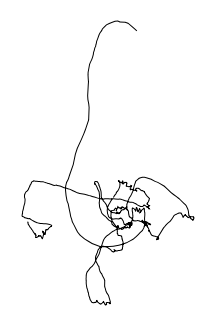
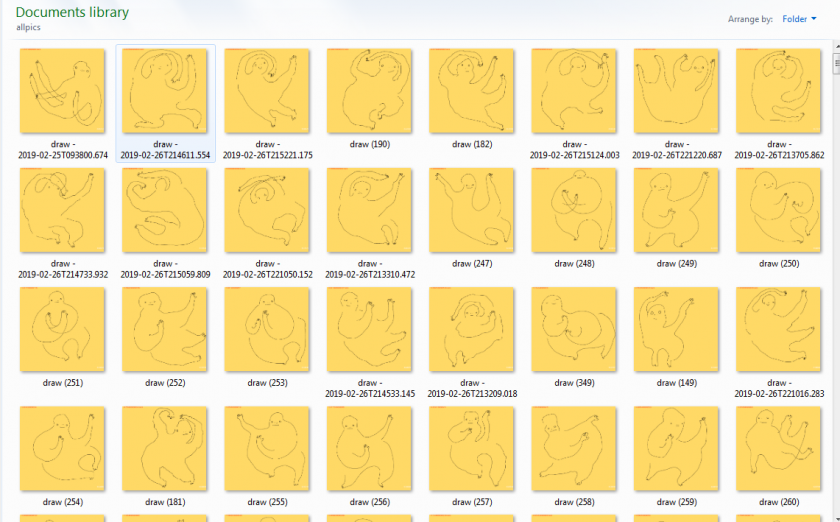
result | result | dataset
Monster generator – 2018
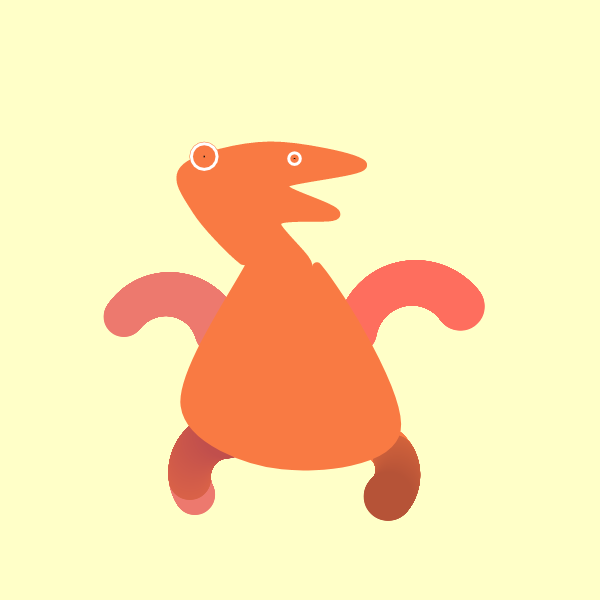
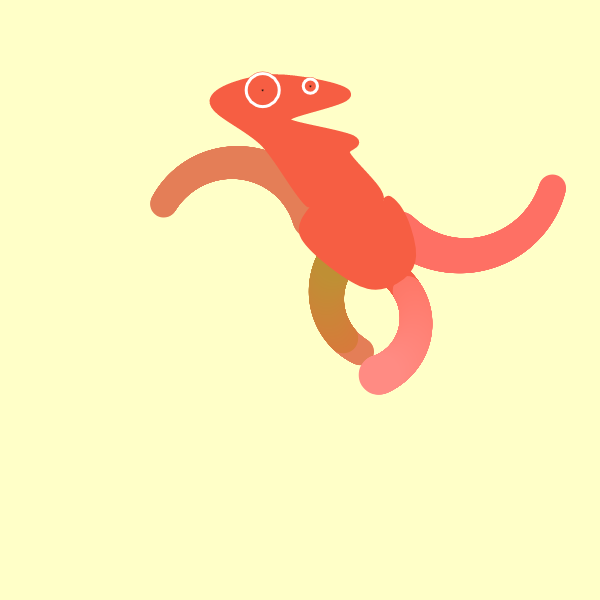
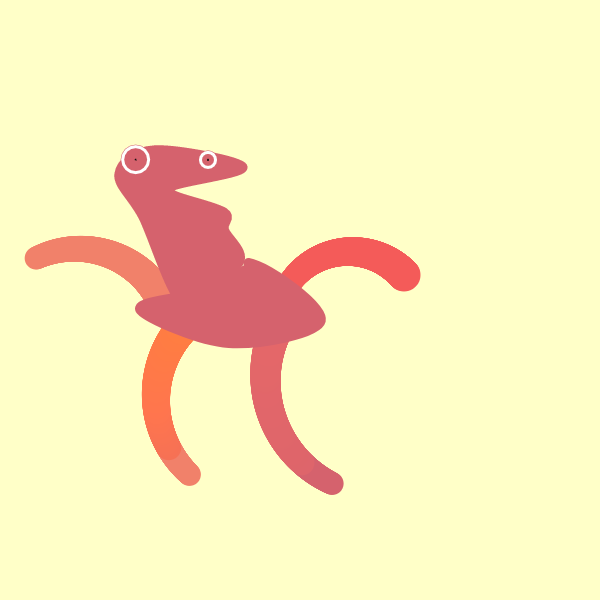
(theres more but I wont include them all)
Also a photo of a sculpted doll for reference
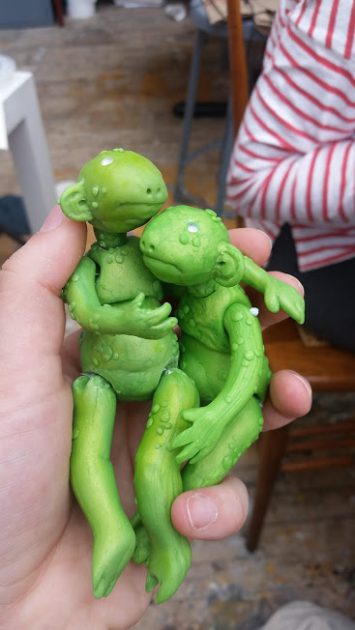
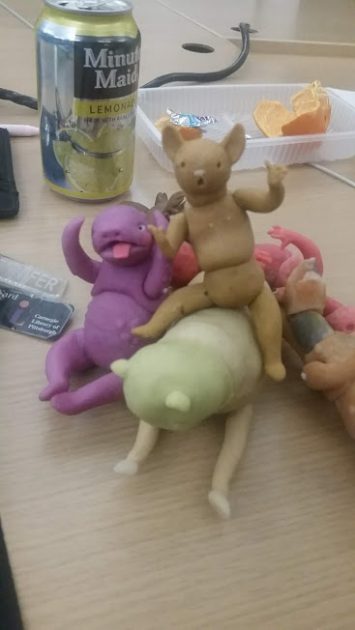
I think this project arrived as a natural progression and combination of my skills. This is a way to combine my doll making practice with my computational and illustrative practices, and provides an exciting opportunity for me to integrate many of the different things I do in a natural way.
Metrics of success involve visual aesthetics resembling creatures similar to ones that I draw or otherwise create, a complete amount of parts, and being able to fit printed pieces together to actually create a functioning friend.
What is next for this project?
My main issues with this project involved blender’s three dimensional boolean operations, whats next for this project is restructuring how data for each part is stored, in order to create the metaballs in a more ordered fashion, which will in turn allow me to preform operations on them instantaneously (as opposed to after all other 3d shapes have been created), due to some quirks in blender shape/modifier hierarchies.
I’m also interested in expanding the possibilities in difference for each different body part, and for total amounts of body parts randomly, but only in rare cases, i.e. creating a figure that perhaps has 4 arms, or 1 leg, or 5 heads etc.
Credits: Shutout to blender’s stack exchange page
